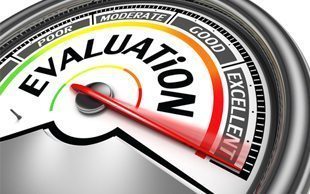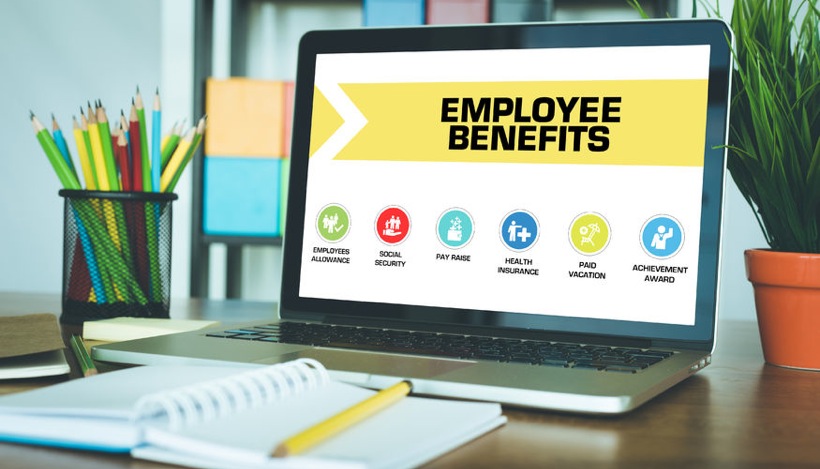So you are reviewing your year-to-date profit and loss statement and realize your business has had a better year than you thought. Suddenly your surprise turns to anguish when you realize the tax bill you may be facing. Where do you get the cash to pay the bill?
End of the year cash flow surprises related to taxes can be problematic, but there are things you can do this year to help reduce the amount of tax owed as a result of your business success. By proactively managing your tax situation, an expense item that can easily exceed 35% of your net income, you can eliminate surprises and preserve cash.
Here are six things you can do now to reduce your tax bill and improve your business cash flow:
1. Section 179 Expensing
For 2009, a business can write off up to $250,000 of the cost of business equipment purchases. You should evaluate what equipment needs your business has, acquire the needed equipment and place it into service before year end to qualify. Even used equipment obtained by the business is eligible for this deduction. Before maximizing this expense, you should evaluate your income projections for coming years to see if you may actually get a bigger overall tax reduction by foregoing the Section 179 deduction and using other forms of depreciation deductions available.
2. Bonus Depreciation
Rather than expensing under Section 179, a business owner can simply take a larger depreciation deduction for new equipment placed in service in 2009. This allows a 50 % larger deduction in 2009 than under normal depreciation methods, but also preserves more of the asset cost to deduct in later years.
3. Reduce Estimated Tax Payments
The stimulus bill passed earlier this year allows a business which had income of $500,000 or less in 2008 to reduce the amount of their estimated tax payments in 2009 without incurring penalty. Typically you must have paid in 100% or 110% of your 2008 tax in order to avoid penalties in 2009. Qualifying businesses may now only pay in 90% of the tax to avoid the penalties. By reducing the amount of estimated taxes paid in you may improve cash flow in the short term. Remember however, that you still have to pay the taxes that are owed on your income.
4. Carryback Net Operating Losses
If your qualifying business produces a net loss in 2009, you can elect to carry that loss back over a five year period instead of the normal two year period. By carrying back the loss, you are able to get a refund of taxes paid in prior years. This technique can improve cash flow significantly. For instance, if you lose $100,000 in 2009, but reported taxable income in prior years, that $100,000 is carried back to reduce the amount of income reported in that prior year, also reducing the tax related to that prior year. A refund is generated for the difference. Any losses not fully used are carried forward to reduce next year’s income.
5. Energy Related Credits
If your business place generates energy from renewable resources, purchased fuel cells, solar or wind energy devices or was built using energy efficient construction techniques and parts, it may be eligible for tax credits. Tax credits have the advantage of reducing your tax bill dollar for dollar. Be sure to tell your tax preparer about any energy technologies you employed during the year to capture the full credit for which you may be eligible.
6. Prepay Certain Expenses
A cash-based business can prepay up to eleven months of bills such as rent, equipment leasing, consulting expense or other recurring known expenses and deduct them in the current year.
Taking advantage of these strategies can improve your cash flow and reduce your tax burden. To maximize your ability to reduce your overall tax burden you should manage the tax process like you do the other expenses of your business. Be Proactive!






